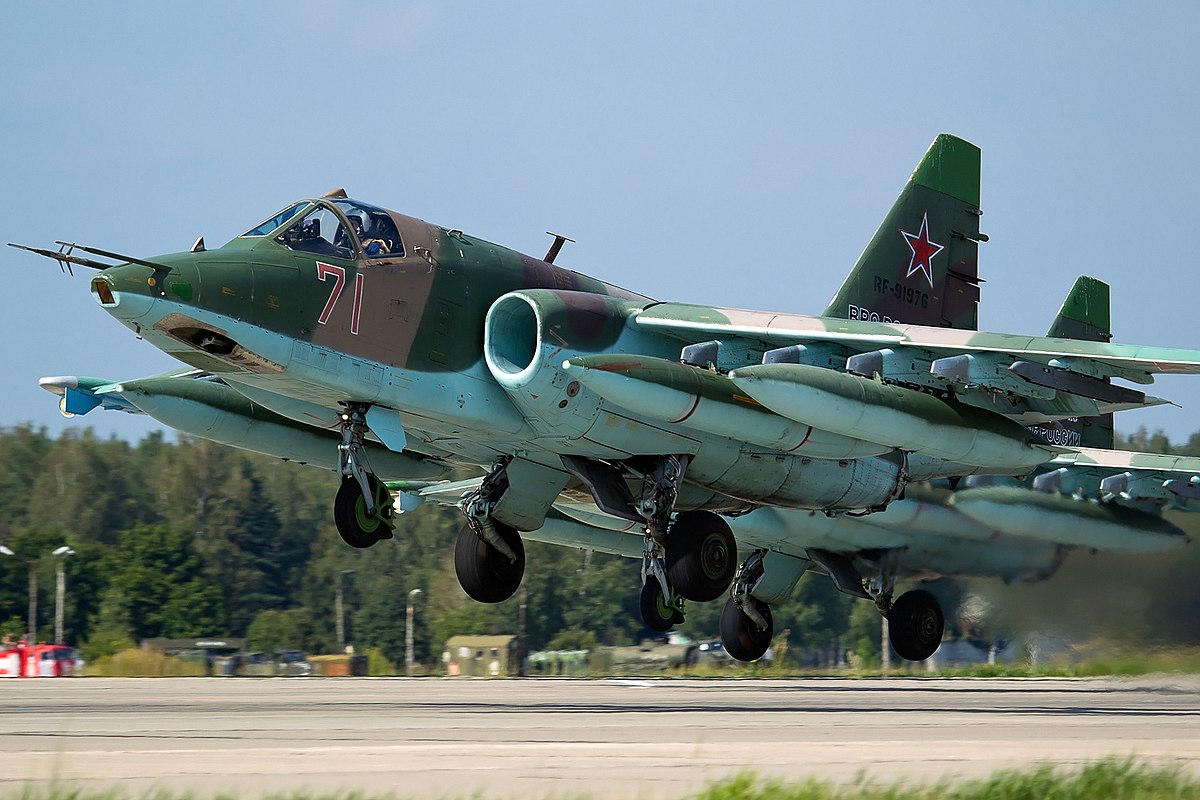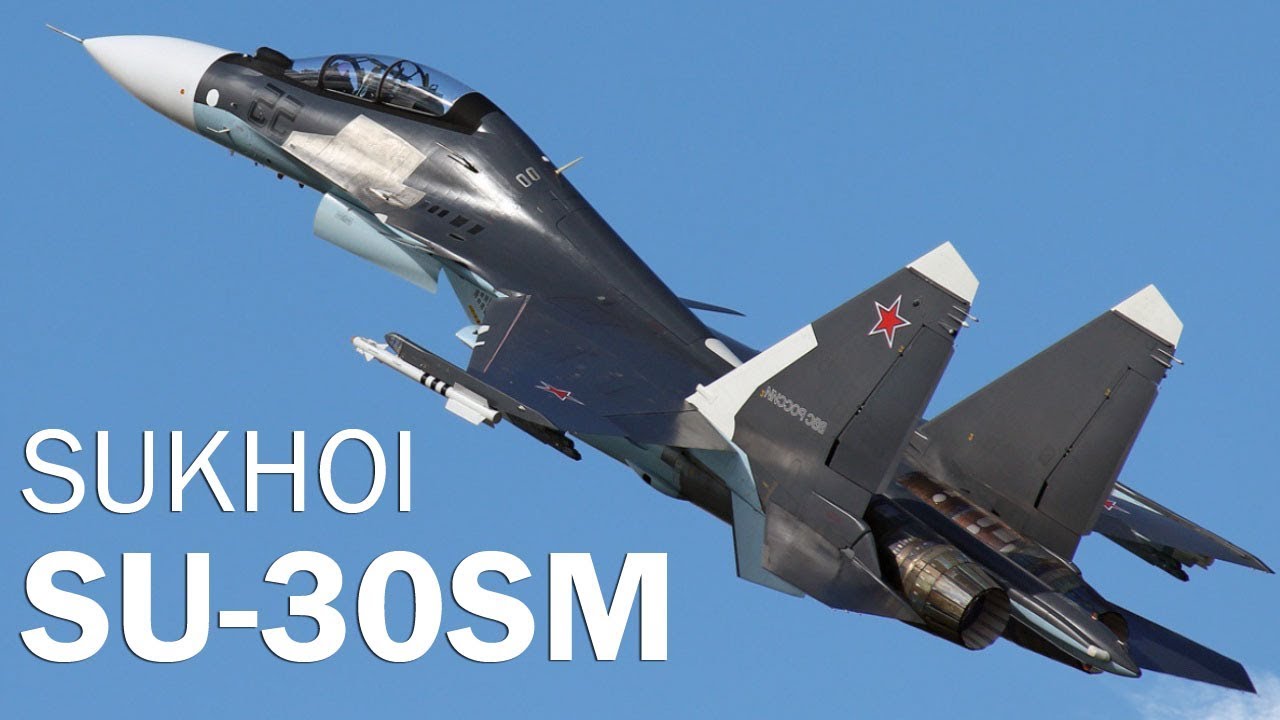Russia asked its air force to pull back and not defend Izyum, Kupyansk, and Balakleya during Ukraine’s “lightning blitz,” where Kyiv recaptured nearly 2,000 square kilometers of its territory held by Russia.
Iran’s Seizure Of US Navy Drones In Red Sea Puts Its Future In Jeopardy; Top Commander Questions USVs Utility
China Begins Naval Patrols In The Pacific With ‘Key Ally’ Russia; Set To Dispatch J-20 Fighters To South Korea
With Russia characterizing its subsequent troop movement as “repositioning” and “regrouping,” implying that it acknowledged the surprise and nasty Ukrainian battlefield victory, the reactions still don’t indicate a perception of a strategic defeat.
However, there are calls from experts and hardliners to abandon caution and go for “total war,” bringing out Russia’s complete military capabilities.
The Ukrainian offensive and the resultant Russian “withdrawal”/”repositioning” was reported by Saturday after Izyum/Izium’s fall, following a video address by President Volodymyr Zelensky, who announced the liberation of the 2,000 square kilometers.
Russia’s Ministry of Defense (MoD) admitted it was withdrawing. “To achieve the goals of the special military operation, a decision was made to regroup troops in the areas of Balakleya and Izyum to build up efforts in the Donetsk direction,” it said.
Abandoned Russian vehicles in the Kharkiv oblast #Ukraine – definitely a sign that Russian troops "regrouped" in an orderly fashion. pic.twitter.com/YwpweST2Cw
— Michael A. Horowitz (@michaelh992) September 13, 2022
During the operation, the military performed a “number of distracting and demonstration activities imitating the real action of troops.”
It then claimed a “powerful” artillery, missile, and aircraft strike attack that destroyed 100 pieces of Ukrainian armor, artillery, and “more than 2,000 Ukrainian and foreign fighters” in the three days since September 7.
Retaliatory attacks by Su-25 ground attack aircraft jets – the backbone of Russian Aerospace Forces (VKS) medium and light strike capability – were reported by the MoD only the next day, September 11.

There were no videos of operations by the Mi-28 ‘Havoc’ attack helicopter on Russian social media on the day of the fallback.
The September 11 strikes were meant to “support the units of the Izyum-Balakleya” group of troops, which the MoD said reported in the destruction of Ukrainian “camouflaged field fortifications and armored equipment.”
Ukraine Gave Russia A Dose Of Its Own Medicine?
The distinguishing feature of the Ukrainian counter-offensive, however, was not just the timing and speed but using Russia’s own “disinformation” tactic seen in the first months of the war – attacking a feint to divert attention as the primary objective lay elsewhere.
Hypersonic Cargo Closer To Reality! US Military Inks Pact To Develop ‘Lightning Fast’ Space Transportation System
Russia’s ‘Most Advanced’ Electronic Warfare (EW) Jamming Pod Mounted On Su-30 Fighter Seized By Ukraine
While an otherwise typical battlefield move, Russian ‘Maskirovska’ is distinct since the diversion is preceded by weeks, if not months, by state-controlled, friendly, and mainstream media reports of a specific region being of interest.
That area was later revealed in the current war as Kiev/Kyiv. A stalled 64-kilometer-long column of Russian armor and military vehicles in its outskirts resulted from fierce Ukrainian resistance.
However, Russia’s and Lugansk & Donetsk People’s Republics (LDPR) gains in the east and Mariupol in the south were later revealed because the UAF committed most of its forces in its capital. By July, Lisychansk and Sieverodonetsk fell.
In Mariupol’s heavily fortified Azovstal steel plant, nearly 2,000 members of the neo-Nazi Azov Regiment were holed up in the labyrinth of underground tunnels that could have held a siege for months.
Thus Putin’s order to his Defense Minister Sergei Shoigu to surround the plant and starve out the defenders even looked smart. This was also in line with the Russian tactic of bypassing heavy pockets of resistance in the north and the east to achieve larger strategic goals.
By late May, 2,439 Ukrainian soldiers from the Azov Battalion surrendered, succumbing to heavy bombing, a limited Spetsnaz incursion, and a barrage of terrifying-looking incendiary phosphorous bombs.
Experts later realized the ploy – to build an adjacent zone from the pro-Russia east, Crimea, and the south. EurAsian Times had described this manner of slow, incremental advances without having to rush for a quick victory as a ‘Long War.’
Russia repeated its ‘Maskirovska’ for the third time with Snake Island in the northern Black Sea. After beating back two attacks by the Ukrainian Armed Forces (UAF) on May 8 and June 21, Russia offered to withdraw in a “gesture of goodwill” to allow grain exports from Ukrainian ports. This was following a third Ukrainian strike on June 30.
However, Kyiv itself immediately later complained about Russian Aerospace Forces (VKS) strikes on the island. UAF Commander-in-Chief Lieutenant-General Valeriy Zaluzhnyy released another video on June 1, showing Russian Sukhoi Su-30 fighters undertaking a bombing run.

Ukrainians Pull Its Own ‘Maskirovska’
Ukraine’s diversionary maneuver to take the towns in the northeast was Kherson, where the media was abuzz with an impending and decisive UAF offensive. Russian forces quickly captured Kherson in the initial days of the Special Military Operation (SMO) launch, with the local pro-Russian population and government already having declared their accession to Moscow.
However, Western and Ukrainian reports themselves revealed how the Kherson offensive was widely failing with horrible losses. Russian military drone videos of entire Ukrainian tank columns and infantry platoons being picked off by artillery fire were sympathetically described as “suicidal desperation” on Russian social media.
But it was also around this time that Russian and Ukrainian observers were talking about a Ukrainian build-up in Kharkiv – which the former has been criticized for ignoring. Russia TV’s Murad Gazdiev admitted that Ukraine had experienced tremendous success in the latest Kharkiv offensive than in Kherson.
Russians Surprised, But Not Dismayed
‘Big Serge,’ a Russian-friendly commentator, tweeted that “Ukraine advanced into vacant territory. The Russian government is extremely casualty averse and committed to maximizing the kill/loss ratio while maintaining a light force deployment.
That may be a mistake. But that is how they want to fight the war, and withdrawing from an unproductive sector is consistent.”
‘Russians With Attitude’ explained that the Russian retreat was possibly made to “save lives and not get them surrounded by a vastly more numerous enemy.”
Russia’s slow, grinding, risk-averse and attritional ‘Long War’ was hinted at in its military and political statements about there being no timeline for the conflict and progressive “phases” being announced by MoD spokesperson Lt Gen Igor Konashenkov each month.
While Moscow-based foreign affairs analyst Andrew Korybko admitted that Russia’s quick redeployment in the face of the Ukrainian offensive while leaving that north-eastern front inadequately defended wasn’t wise, the optics were “spun” as “Moscow’s military weakness.”
Russia To Go For An All Out War?
Thus, with Kyiv and Mariupol between February to May, Russia “shaped” the battlefield to its advantage, taking nearly all of the east and the south. But these are geographical aims, while Russia’s offensive instead has a long-term political and strategic goal than a military one – the permanent elimination of Ukraine as a threat to Russia.
In other words, Ukraine should never be a future staging ground for NATO bases and activities.
But with Russia perceiving the West wants to keep the war going, there is a chance it might shed its restrained military method, directly reflected in the term ‘Special Military Operation.’
Moscow thus considers and conducts this as a mere conflict and intervention. Russian social media is abuzz with rumors about the government contemplating an “official declaration of war” for a “general mobilization.”
Assuming the rumors are false, the fact that there exists such a distinction between ‘war’ and ‘conflict’ in the Russian polity means that Russia had not yet brought its complete military might to bear.
“Putin placed self-restrictions on his military by eschewing total war to not isolate the majority of the Russian-friendly Ukrainian population, given his belief in the historical unity between the Russian and Ukrainian populations. But Kyiv viewed the conflict as a total war and thus wasn’t averse to militarizing residential areas or throwing unlimited men into the fray,” Korybko added.
- The author can be reached at satamp@gmail.com
- Follow EurAsian Times on Google News




